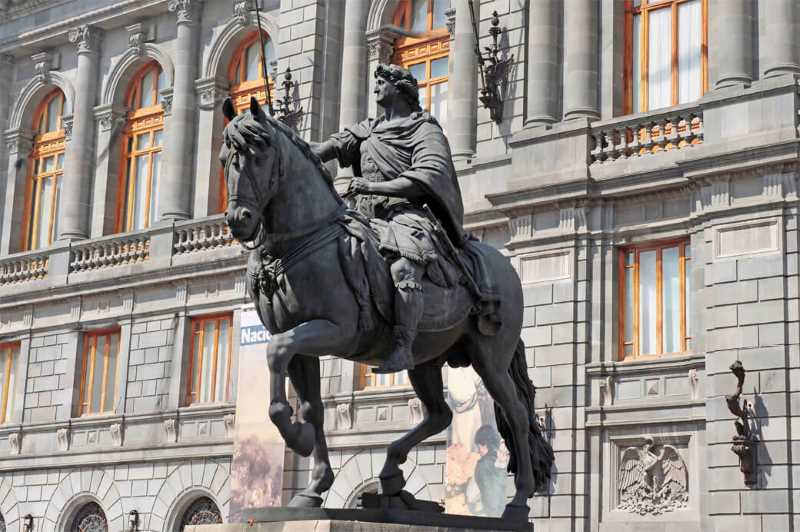The Art and Technical Mastery Behind “El Caballito”
“El Caballito,” Manuel Tolsá's equestrian masterpiece, symbolizing loyalty to the Spanish monarchy, witnessed political shifts and urban evolution. Damaged in 2013, UNAM experts used scientific methods for restoration, unveiling Tolsá's ingenious techniques.

In the heart of Mexico City stands an equestrian masterpiece, an emblem of history and artistic prowess – “El Caballito,” the equestrian sculpture of Charles IV. Crafted by the skilled hands of Manuel Tolsá, this iconic statue has weathered the tides of time, bearing witness to the dynamic history of Mexico City. In this exploration, we delve into the intricate tale of “El Caballito,” from its creation to its modern preservation, unraveling the technical ingenuity and historical context that define this enduring work of art.
Commissioned as a symbol of loyalty to the Spanish monarchy, “El Caballito” was unveiled in the Plaza Mayor at the end of New Spain. However, the winds of change blew fiercely after Mexico gained independence in 1824, leading to animosity towards symbols tied to the old regime. Legend has it that Lucas Alamán safeguarded the sculpture, ensuring its preservation in the face of potential destruction, marking the beginning of its transformation from a political statement to a cherished work of art.




